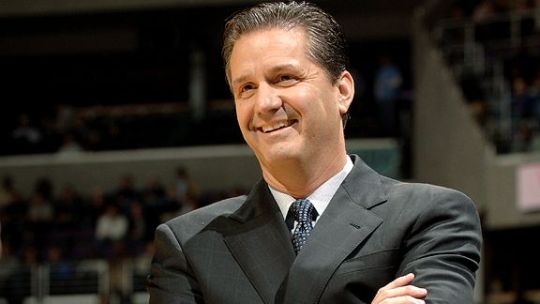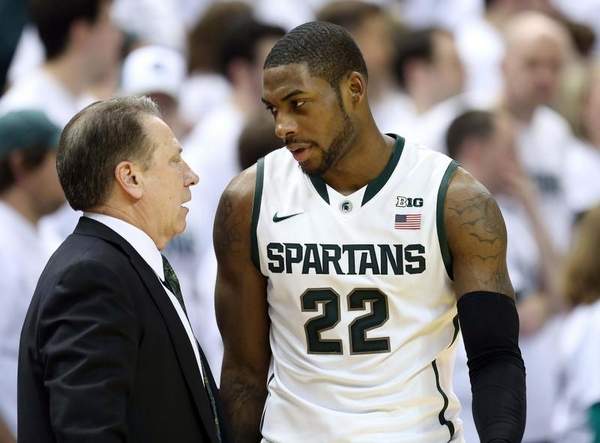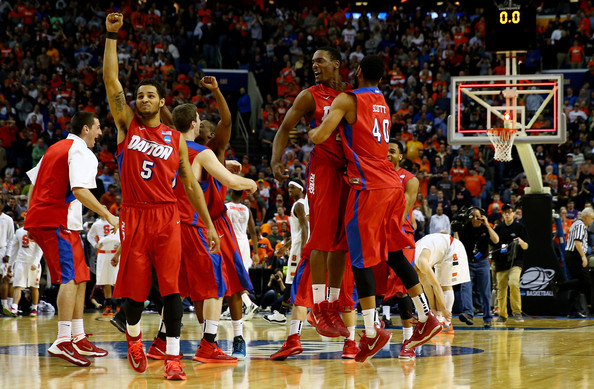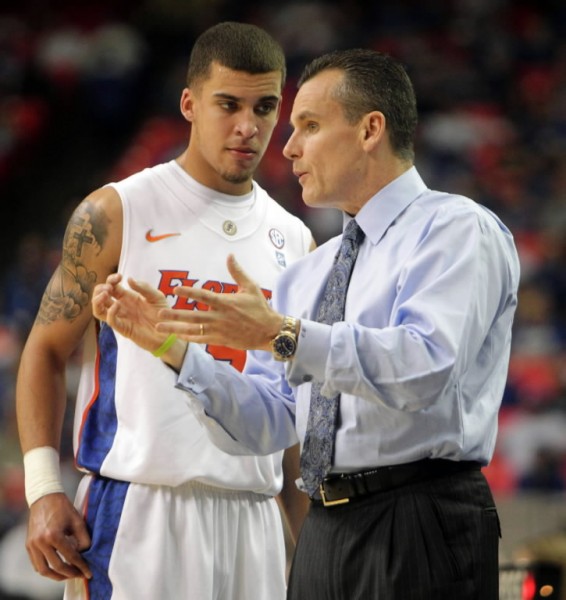NCAA Tournament Tidbits: 03.31.14 Edition
Posted by Griffin Wong on March 31st, 2014
March Madness is finally upon us, and we here at RTC are here to make everything a little bit easier for you. From the First Four until One Shining Moment, we’ll be dropping daily tidbits of knowledge regarding the teams in each region.
South Region
- Florida‘s seniors have been knocking on the door of the Final Four for their entire careers, but this past weekend they finally sealed the deal. Though it has been a long road, the wait was definitely worth it.
- Having to adjust to injuries and suspensions has only made Florida that much stronger heading into the Final Four.
- Florida has a chance to avenge both of its only two regular season losses with UConn and Wisconsin also in the Final Four.
- The Gators should be well-prepared for this weekend, as it has faced its three Final Four companions a total of five times this season (going 3-2).
- From spectator to manager to walk-on, Florida’s Jacob Kurtz has been an integral part of the Gators because of his prowess on the scout team. However, Kurtz became more that that this season, as he filled in with 19.2 minutes per game in November when the Gators were decimated with injuries and suspensions.
- As the only 1-seed remaining, Florida is now a heavy favorite to go to the distance.
West Region
- Wisconsin can fly under the radar sometimes, but after knocking off Arizona, the Badgers won’t be ignored by anyone this weekend.
- After advancing to the Final Four, Charles Barkley declared that Wisconsin “could beat the Bucks.” That may be a stretch, but either way, the Badgers are playing some outstanding basketball right now.
- Wisconsin coach Bo Ryan kept lessons he learned during his childhood and from his late father in mind as the Badgers reached the Final Four this past weekend.
- Though Wisconsin got the job done against #1 seed Arizona, the Badgers are just trying to take things game by game – or tournament by tournament. Senior Ben Brust described his team’s mentality: “We’re taking this as little tournaments,” he said. “We won Tournament 1 in Milwaukee. We won Tournament 2 in Anaheim. And now we have Tournament 3 out there in Dallas.”
- Though they’ve had a couple close calls, seven-footer Frank “the Tank” Kaminsky is the primary reason why the Badgers are still playing.
- As a result of his stellar play, could Frank Kaminsky be looking more and more like a future NBA player?















































